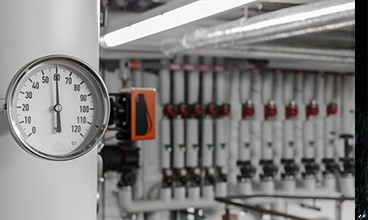
ECS: how the IoT can help you combat legionella
Monitor and control changes in the temperature of domestic hot water systems to prevent the spread of legionella.
FDI HABITAT

FDI HABITAT
In partnership with local authorities (132 partner municipalities across 5 départements), FDI HABITAT designs, builds and manages social housing on a human scale. In addition to its core business of providing social rental housing, it also develops student accommodation, residences for the elderly, specialised care homes, building plots and social home ownership through purchase. FDI HABITAT is committed to creating living spaces that are balanced, harmonious and respectful of the environment.

SYNOX
Synox is a French creator of IoT solutions. A pioneer in IoT for over 15 years, Synox helps its 700 customers in France and Europe (and around the world) to do their jobs better, by designing IoT ecosystems with high added value: powerful and invisible, sustainable and responsible, tailored to their needs and tailored to their uses. Our mission? To make the IoT a solution with a positive impact for people and a sensible impact for the planet.

FDI Habitat, a social housing manager, was faced with a number of problems, particularly at its Mas Crespy residence. Firstly, the social landlord had to respond to an energy challenge: with the cost of energy soaring, residents of social housing were seeing their bills rise exponentially.
In addition, FDI HABITAT had to deal with a number of malfunctions. For many years, residents had suffered repeated breakdowns, which had a significant impact on their comfort in their homes and obviously had a negative impact on their well-being, and therefore their satisfaction. It was therefore essential for FDI HABITAT to provide a concrete solution to better control energy consumption and guarantee greater comfort.
The following solution was deployed to meet the needs of the social landlord:
Use cases covered:
How can energy consumption in buildings be reduced?
FDI HABITAT has fitted its water and electricity meters with communicating IoT sensors Adeunis PULSE, which read and transmit energy consumption data. By monitoring and analysing this data, the social landlord has been able to keep an eye on its consumption and detect potential peaks in consumption. Thanks to the alerts that can be configured on SoDATA#Viz according to thresholds, the operator can be notified quickly and optimise interventions.

How can you detect equipment failure quickly?
The IoT Adeunis sensor Dry Contact is used to detect changes in status and faults in various items of equipment and to report them. The sensor has therefore been installed on the electrical panel, so that it can be notified in the event of a malfunction or abnormal behaviour and intervene as quickly as possible. As a result, downtime can be reduced and equipment operation is guaranteed.
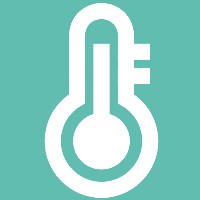
How do you control the temperature of domestic hot water systems?
Le connected sensor TEMP2S designed by Adeunis can simultaneously measure domestic hot water inlet and outlet temperatures thanks to its two remote probes. The sensor has therefore been installed on the network in order to monitor temperatures remotely and ensure that they comply with regulatory criteria, thereby guaranteeing the non-proliferation of legionella.
« In terms of reduced energy consumption, the most telling ratio is kWh per m³. Today we’re at 35kWh per m³, whereas before we were at 180kWh per m³: that’s a significant reduction in energy consumption! »
Thanks to the solution implemented, FDI HABITAT has been able to meet the challenges it faced and more. Firstly, the monitoring of energy meters has made it possible to reduce the residence’s consumption considerably, and thus cut residents’ bills.
“Today, the results are very good, because we have drastically reduced energy consumption, and therefore we have reduced the tenants’ bills”, says FDI HABITAT’s Heritage Engineering Manager.
The design office in charge of the project explains that “in terms of reducing energy consumption, the most telling ratio is kWh per m³. Today, we’re at 35kWh per m³, whereas before, we were at 180kWh per m³: that’s a significant reduction in energy consumption!
Remote fault detection has also helped to optimise servicing and maintenance, thereby reducing the breakdown rate, which naturally increases residents’ comfort and satisfaction.
Connecting the equipment also enables FDI HABITAT to save precious time and avoid unnecessary travel, by collecting data remotely and displaying it on the platforms.

Reducing energy consumption and costs

Improved comfort and satisfaction
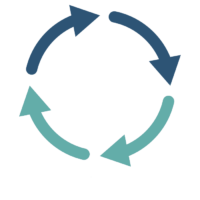
Facilitate and optimise maintenance operations
Find real-life examples of connected buildings, as well as solutions and advice for improving the energy efficiency, maintenance and comfort of your digital buildings.

Monitor and control changes in the temperature of domestic hot water systems to prevent the spread of legionella.
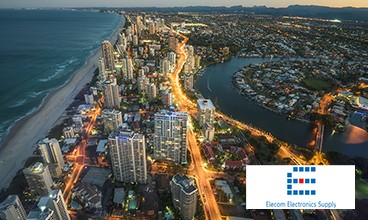
Water management: find out how this Australian city is controlling its water consumption thanks to IoT and Adeunis sensors.
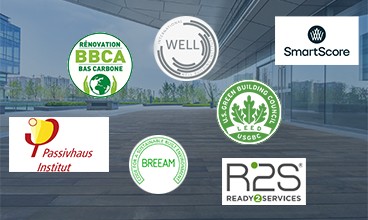
Discover the main labels and certifications for sustainable and intelligent building: HQE, BREEAM, WELL, LEED, BBCA…

The BACS Decree imposes strict standards for the energy automation of commercial buildings. Find out more about its requirements.
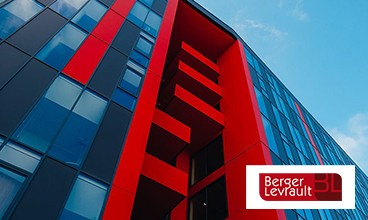
Find out how Berger-Levrault is using IoT to reduce energy consumption and improve employee comfort.
03/11/2023
expertise to support you, from the diagnosis to the implementation of your solution
Subscribe to our newsletter!
Your e-mail address is only used to send you our newsletter and information about our company. You can unsubscribe at any time using the link included in each email.
